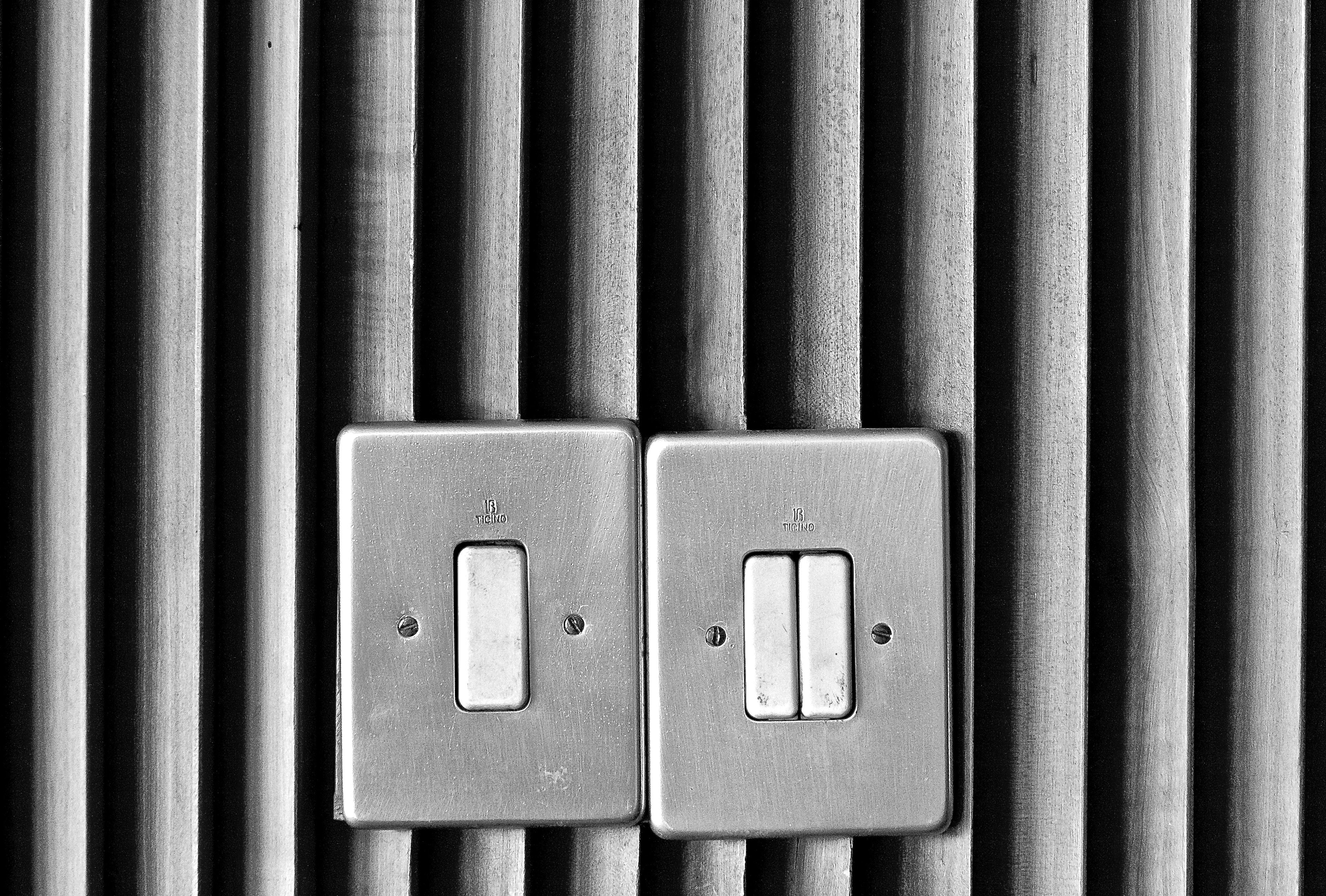If you have difficulty disengaging from the day you’re not alone. Switching off can be hard to do. According to new research, a third of us find it difficult to let go of our working day. Constant connection will increase your stress and leave you fatigued but how to access your switch off mode? Here’s how to access your brain’s off switch at the end of the day.
The line between your professional and personal life can be hard to manage. We’re constantly connected and the digital world enables work to bleed into your downtime. No wonder then, that researchers have discovered switching off is in the top 10 stressful situations we feel ill equipped to manage.
Digital Overload and Switch Off
Part of the problem is the constant connection to our professional lives. Tech offers huge possibilities and can save us time, but it also blurs the home work boundary leaving us feeling we can’t miss a single second. Taking your foot off the gas for downtime can feel counter intuitive when you’re caught in a cycle of doing.
Being constantly on will deplete you, reduce your productivity and leave you fatigued. There’s a slew of research to suggest that when you’re stressed, you’re less productive. The truth is, you don’t have time not to. If you struggle to let go, developing your ability to switch off will reduce your stress, improve your wellbeing whilst increasing your productivity and performance.
Switch Off Rituals
When we coach individuals and teams we talk about the benefits of creating a switch off routine or ritual to help you access your brain’s switch off mode. Professor Francesca Gino’s research has demonstrated the power of rituals to shift cognitive states.Your ritual can take as little as five minutes at the end of the day, for example, switching off your laptop, tidying your workspace or listening to music in your car before you walk through your front door.
Create a Digital Curfew
Whenever you’re connected you haven’t fully switched off. Build time into your day when you limit interruptions (both tech and human). Create chunks of time when you’re fully able to focus and get into flow. Apply the same rule post work. We work with companies who recognise the importance of renewal and true downtime, acting accordingly by limiting access to their servers after 7pm. Create your own digital curfew and decide upon a cut off time after which you will stop checking emails, messages or bleeps.
Create a List
It sounds obvious but make sure you know what you need to achieve for your next working day. This deceptively simple strategy will help you to begin to move into switch off mode. You’re drawing a line between the work day that is finishing and beginning your prep for the next one, helping you to feel more in control.
The Power of Small Wins.
Harvard Business School Professors, Teresa Amabile and Steven Kramer extol the power of completing one small task. Before you leave, complete one small task from the next day’s list.
Agree a Time Limit for Toxic Chat
If you’ve had a tough day and you find yourself talking about work when you get home, limit toxic chat. Better to focus on what has worked well during the day or agree to a ten minute work chat limit to prevent rumination.
Ditch the Guilt
When you fall into a habitual habit of doing, doing, doing it’s easy to feel guilty when you think about stopping. That guilt is misplaced. Recharging is critical for your performance. You need to prioritise renewal to optimise your effectiveness.


